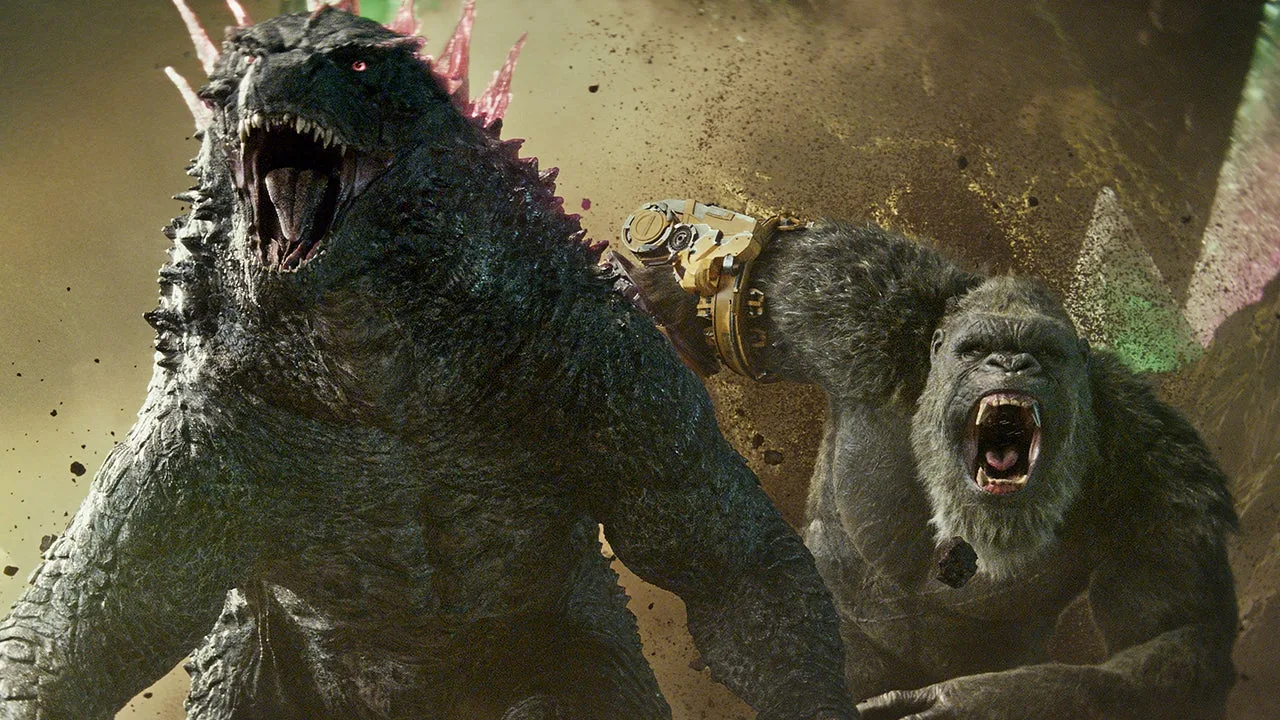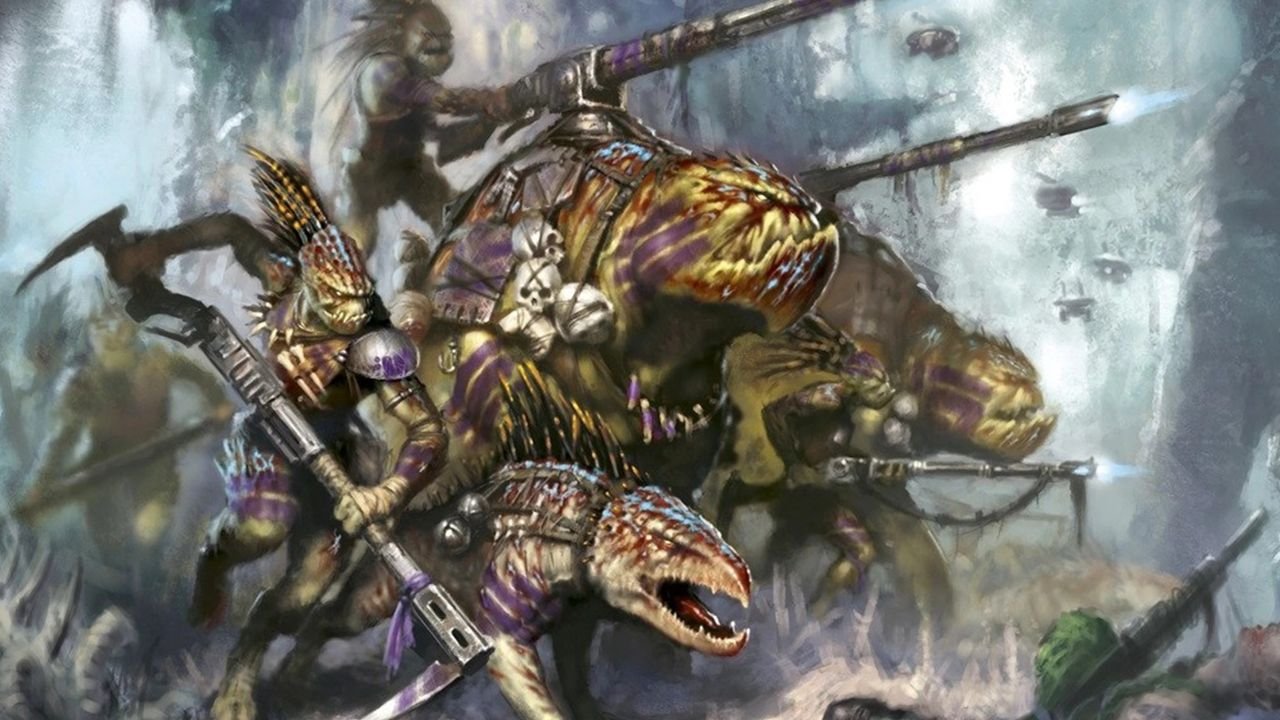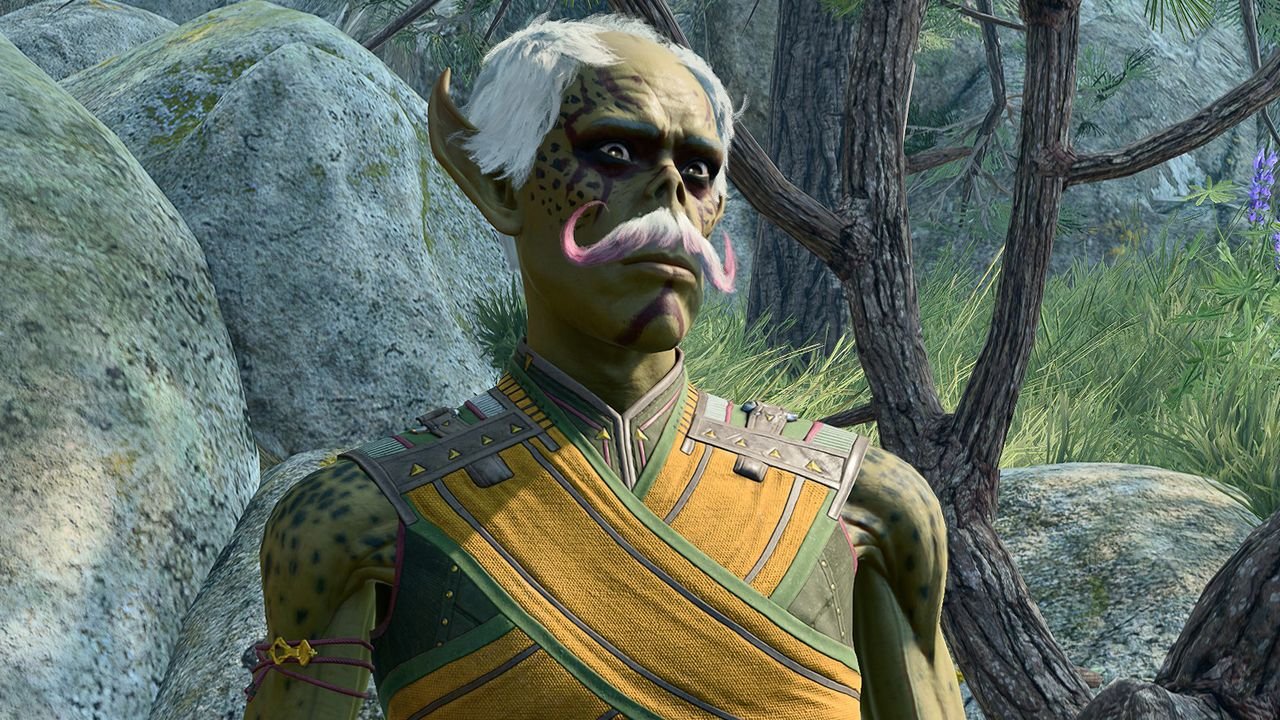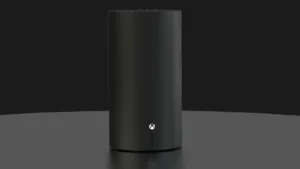Godzilla x Kong: After a Decade, the MonsterVerse Still Thrives By Keeping Things Simple
For years, there have been attempts by pretty much every major Hollywood studio to replicate the success of the MCU with some sort of other shared universe, whether it be with more superheroes or other characters in other genres who could similarly team up and/or fight in various combinations.
By and large, these attempts have failed to take off, from Hasbro’s hopes to bring a bunch of their toy properties together on screen but only getting a single G.I. Joe/Transformers crossover tease in Rise of the Beasts that doesn’t seem to be leading anywhere, to Universal’s big stumble with the Dark Universe, as the failure of Tom Cruise’s The Mummy put a quick stop to all the movies intended to follow it. To be fair, they haven’t all been complete duds; it’s a stretch to declare the DCEU an outright failure, given it did last for a solid decade and included several genuine hit films. Yet it still has now been wrapped up and is already being rebooted due to too many misfires and miscalculations.
But in the midst of this, one shared universe has managed to thrive: Legendary’s MonsterVerse. Its movies never touch a billion dollars, but they don’t need to – they’re still clear hits. And with its fifth feature film, Godzilla x Kong: The New Empire, opening this month on the heels of two very different TV series connected to it launching quite recently, the MonsterVerse has now managed to sustain itself for 10 years, and seems likely to continue to do so for the foreseeable future. So how has the MonsterVerse thrived where other cinematic universes failed? By keeping things simple…
The Upside of Unessential Viewing
There’s very little in the way of an ongoing storyline in the MonsterVerse. First we met Godzilla, then we met Kong (in terms of release dates, for those who want to get pedantic about Kong: Skull Island being set in the past). And it was inevitable these two titans would tussle, sure, but that was about it as far as huge, important info. And yes, the MonsterVerse has their S.H.I.E.L.D in the form of the organization Monarch, but even that is more of a simple connective tissue and an easy way to get across to the audience that any people working for this group are monster experts.
That’s not to say there’s zero follow-up when it comes to continuing characters or smaller plot points, but it’s just not the center of these movies, all of which appeal to the same core urge: Seeing giant monsters smashing things up. Recurring characters are there as a touchstone for audience members who are bigger fans and paying closer attention, but they don’t come in with nearly the amount of baggage they might in other ongoing franchises. If you didn’t see 2014’s Godzilla, you wouldn’t be lost about what’s going on with Ken Watanabe’s Dr. Ishirō Serizawa in 2019’s Godzilla: King of the Monsters, as you get the jist of what his perspective is on the monsters pretty quickly. Godzilla x Kong is bringing back a trio of characters last seen in 2021’s Godzilla vs. Kong, and yes, they mention what happened in that movie, but it’s not deeply complex scenarios so much as “remember how we were there when those two giant creatures fought?”
These movies appeal to the same core urge: Seeing giant monsters smashing things up.
More than once, in fact, recurring characters in the MonsterVerse have been played by a different actor to depict the character at a different age, in the process essentially functioning more as an Easter egg than anything. The first time I saw King of the Monsters, I didn’t even realize that Joe Morton was playing the older version of Houston Brooks, Corey Hawkins’ character from Kong: Skull Island. And learning it afterwards didn’t really change anything. It was just a fun “Oh, that’s neat” bit of background info.
More recently, we had the case of William Randa in the Apple TV+ MonsterVerse series Monarch: Legacy of Monsters. I’d heard before the show debuted that Anders Holm was playing the younger version of John Goodman’s Randa from Kong: Skull Island, but a quick glance at social media made it clear that a ton of people didn’t realize that was the case when the show began and many only finally made the connection several episodes in. After all, unless you have committed the name William Randa to memory, even seeing John Goodman’s cameo at the beginning of the show wasn’t going to necessarily let you know “this other guy is playing this same character.” And yet the people not realizing that at first still were able to enjoy the show because it didn’t matter whether you realized this was the same guy or not.
I love the MCU and how it’s involved quite a bit of long-term storytelling and character interaction but it’s a very tricky thing to replicate as far as getting movie audiences to behave like TV audiences. The MonsterVerse has wisely kept this aspect minimal and non-obtrusive, letting you enjoy each story on its own terms.
Less Is More (or Seeming That Way at Least)
Between 2014 and 2022, there were four MonsterVerse movies and, except for a handful of tie-in comic books, that was it. That is hardly the rapid tempo we’ve become used to with big franchises of late, which often pump out new installments as fast as possible. But the MonsterVerse has taken its time, meaning it’s far less likely for audiences to tire of it.
To be certain, things have changed in the past year when it comes to how much is coming out, thanks to the launch of two different MonsterVerse streaming series and now the arrival of Godzilla x Kong. And yet still, it hasn’t felt like oversaturation. Part of that is simply that some of these projects have not been as high profile as others. The very fun MonsterVerse animated series Skull Island debuted on Netflix in June 2023, but – as is often the case for Netflix these days – it was with little fanfare and it’s probably the MonsterVerse project that is most under the radar to more casual fans of the franchise.
And though there was a lot more hype for Monarch: Legacy of Monsters’ debut later in the year on Apple TV+, the fact that it still felt so self-contained (yes, even with the William Randa of it all) helped for it to also not come with too much “you have to watch this or you’ll be completely lost!” pressure. And on the flip side, the show was inviting for people who hadn’t seen any or all of the MonsterVerse films. The big selling points for the series were the fun casting of Kurt Russell and Wyatt Russell playing the same character in different eras and the promise that we’d get Godzilla popping up on the show from time to time. Because what’s cooler than Kurt Russell and Godzilla?
Despite two different series on two different streaming platforms coming out in the past nine months, few people are going into Godzilla x Kong complaining, “Oh man, I can’t believe they’re releasing the third MonsterVerse project in less than a year! That’s way too much.” Instead, the main talking point in terms of timing is it opening a few months after the unrelated Godzilla Minus One. The projects have their own vibes to the point that it isn’t hitting any sort of blowback in terms of perceived overkill.
A Smashing Success
Some might argue the MonsterVerse isn’t making enough of an impact given the above observation – except the movies have all done quite well, generally making in the vicinity of $500 million each worldwide, with the exception of the weaker performing Godzilla: King of the Monsters. That box office success is all the impact that is ultimately needed. People keep paying to go see Godzilla and Kong tear s**t up.
There are likely people going to see Godzilla x Kong who don’t even realize it’s set in the same universe and features the same version of Godzilla as in the 2014 movie.
It may not be rocket science, but it’s a tried and true fact, going back decades and decades: There’s always an audience for giant monster movies, especially when you can combine modern special effects and spectacle with characters as beloved and iconic as Godzilla and King Kong. There are very likely people going to see Godzilla x Kong who do not even realize it is set in the same universe and features the same version of Godzilla as the creature in the 2014 Godzilla movie. Some will bemoan that fact, or feel that Godzilla was treated with more menace in that film a decade ago, but that not only reflects the malleability of the character but also why the MonsterVerse’s approach, while not one that would work for every shared universe, works for this one.
The monsters are the true stars here and that takes away a lot of the burden of ongoing narrative since people aren’t going in to see a payoff on a storyline from 10 years ago; they’re going in to see the newest Godzilla or Kong movie. And putting both of them in it, either fighting each other, teaming up to fight someone else, or taking turns doing both? Even better! Sure, some viewers will appreciate that Godzilla vs. Kong’s Mechagodzilla uses the skull of King Ghidorah, purchased by the nefarious Alan Jonah (Charles Dance) in the post-credit scene of King of the Monsters, as a control mechanism. But for the many that don’t catch that or know or recall the significance of any of that, it still works just fine too because everyone understands that giant ape and giant lizard vs. giant robot is awesome.
Where other shared universe attempts lived or died by getting people to have an ongoing investment in a ton of different characters and storylines, the MonsterVerse thrives by remembering why it’s named what it’s named.
More on Godzilla x Kong
Godzilla x Kong Ending ExplainedEvery Major Monster in the MonsterVerseThe Great Godzilla x Kong Debate: Who Is the Real King of the Monsters?How to Watch Godzilla x Kong: The New Empire










